Our Story
THE STORY BEHIND THE BRAND
OCTOPOLIS
In 2009, a man named Matthew Lawrence discovered an octopus site on the east coast of Australia. He came across a shell bed with about a dozen octopuses living on it. They seemed unconcerned by his presence, roaming and wrestling with each other as he watched. His research found that some time ago, a single object dropped onto the sandy sea bottom; most likely from a boat. The object was made of metal, but became completely overgrown with marine life. This object was only a foot or so long and high, as it sat above the sea floor, but it was a valuable piece of real estate. The largest octopus on the site tended to live near, or on top of the object.
The first octopus to discover the object began to make a den around it and started bringing in scallops to eat. The discarded shells accumulated, and soon began to change the physical properties of the site. They are a much better den-building material than fine sand, and soon a few more dens could be built on the outskirts of the first den. Over time, new octopuses brought even more scallops to eat, leaving even more shells. A positive feedback process was under way: the more octopuses that lived there, the more shells were brought in, and the more dens could be built. Octopolis, with its deep lined dens, became an island of safety in a dangerous area, resulting in the octopuses consistent presence.
This object, scientists believe, was enough to “seed” the site, in the same way a single object can seed the growth of a crystal. Due to the fact that nobody knows what the shiny object is, I began to imagine and design my own version of it. Eventually, I named it ‘Phyllos’ which translates in Greek to ‘a friend of Phyllis’.
It is my hope that with every piece bought from my shop, you will gain a new friend. Just as an octopus was able to grow it’s own community, from a single starting piece.
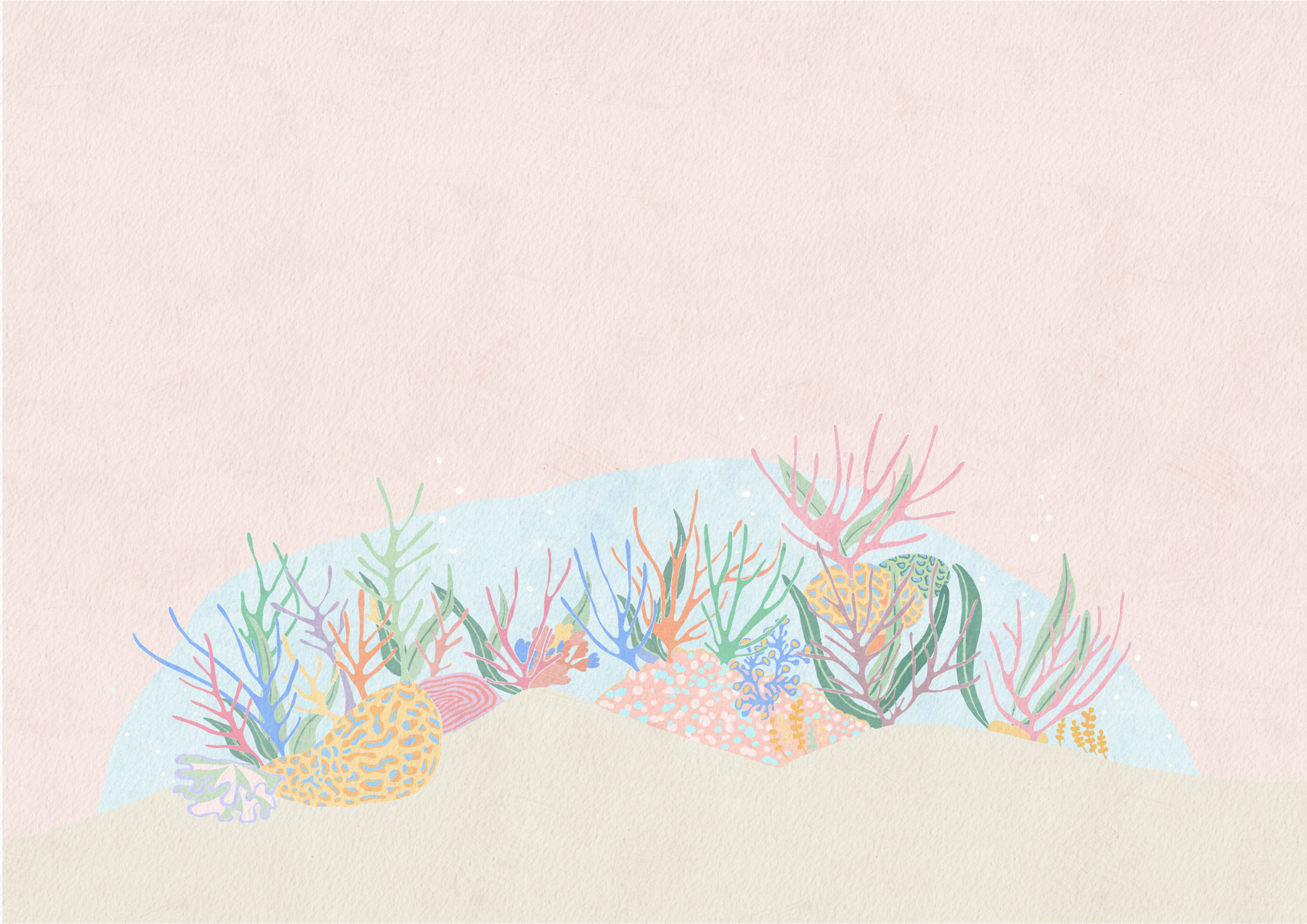
The seabed is calm and empty, there are only a few rocks covered in moss, some lone seaweed sways to the movement of the sea.
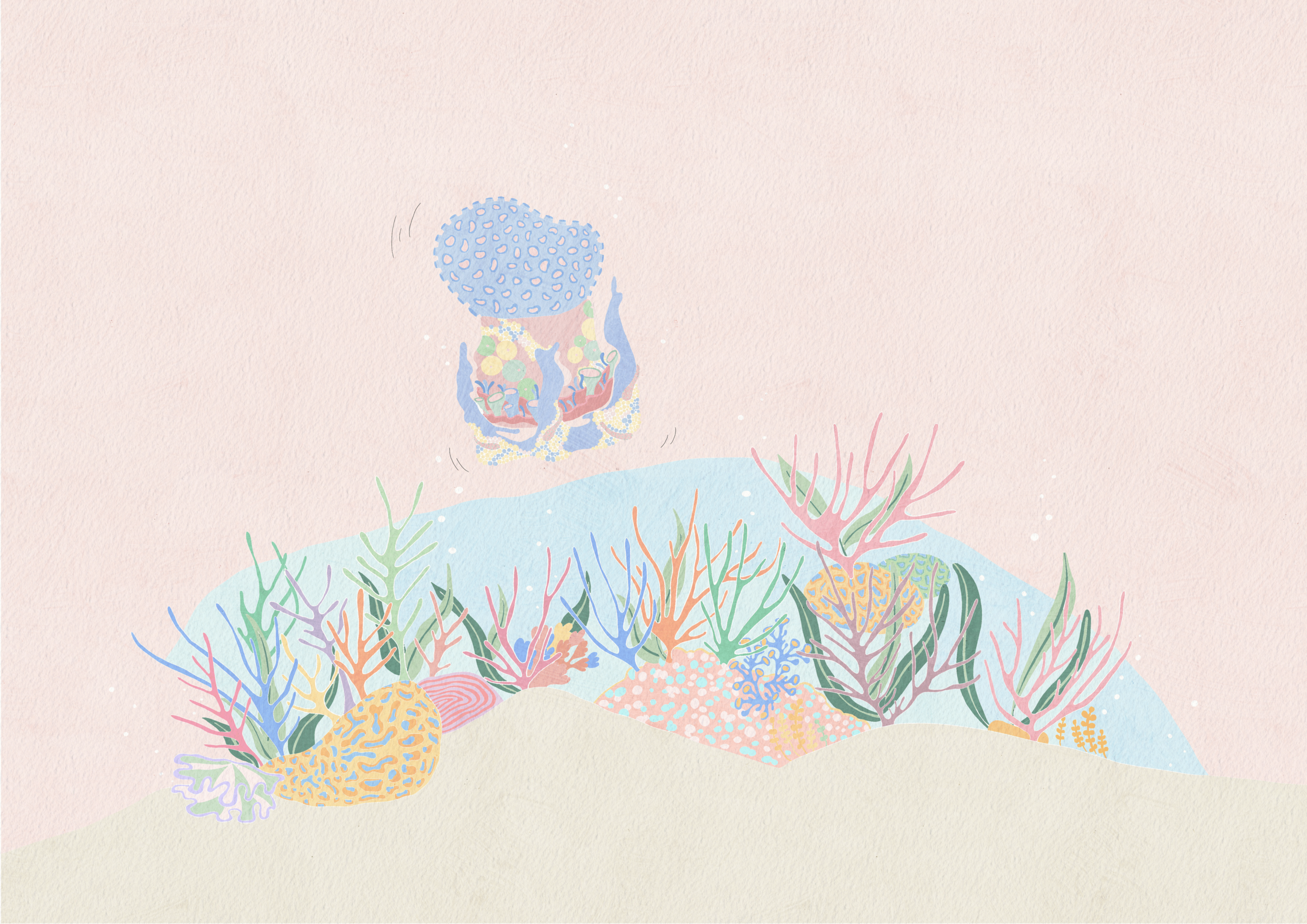
Out of nowhere, a shiny, medium sized object named ‘Phyllos’ drops into the sea, its various colours reflects into the water.

The base of ‘Phyllos’ breaks and shatters into many pieces immediately upon contact with the sandy seabed. The pieces are scattered all around.
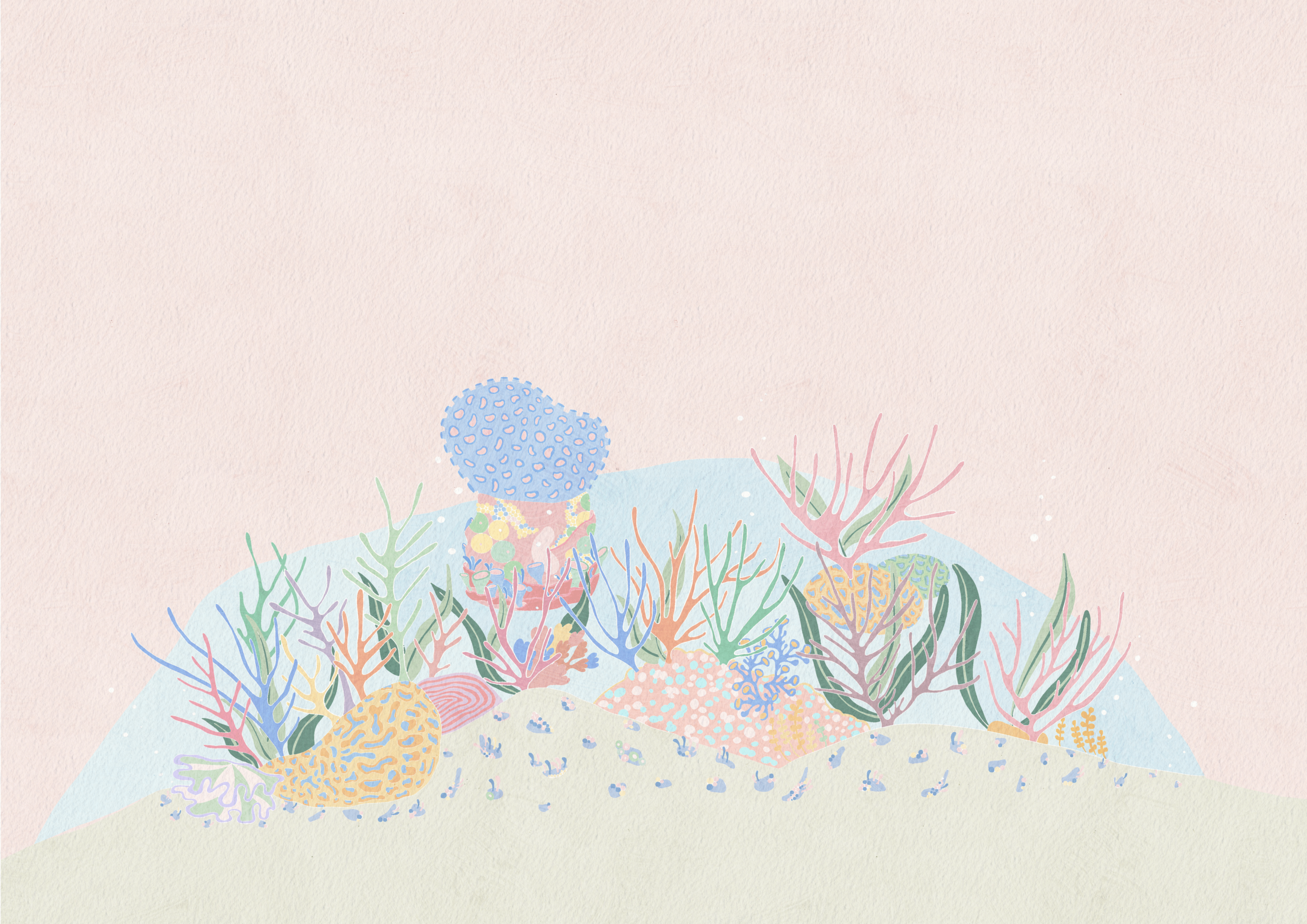
The fragments that have broken off are scattered all around the seabed, embedding themselves into the sand, falling into crevices and crashing into rocks. Some pieces drift away naturally to other parts of the ocean. However, the majority stay within the vicinity.

A few hours later, an octopus named Octavius approaches Phyllos and he studies the object. One tentacle slowly reaches out and grabs the soft felt that is attached to the top.
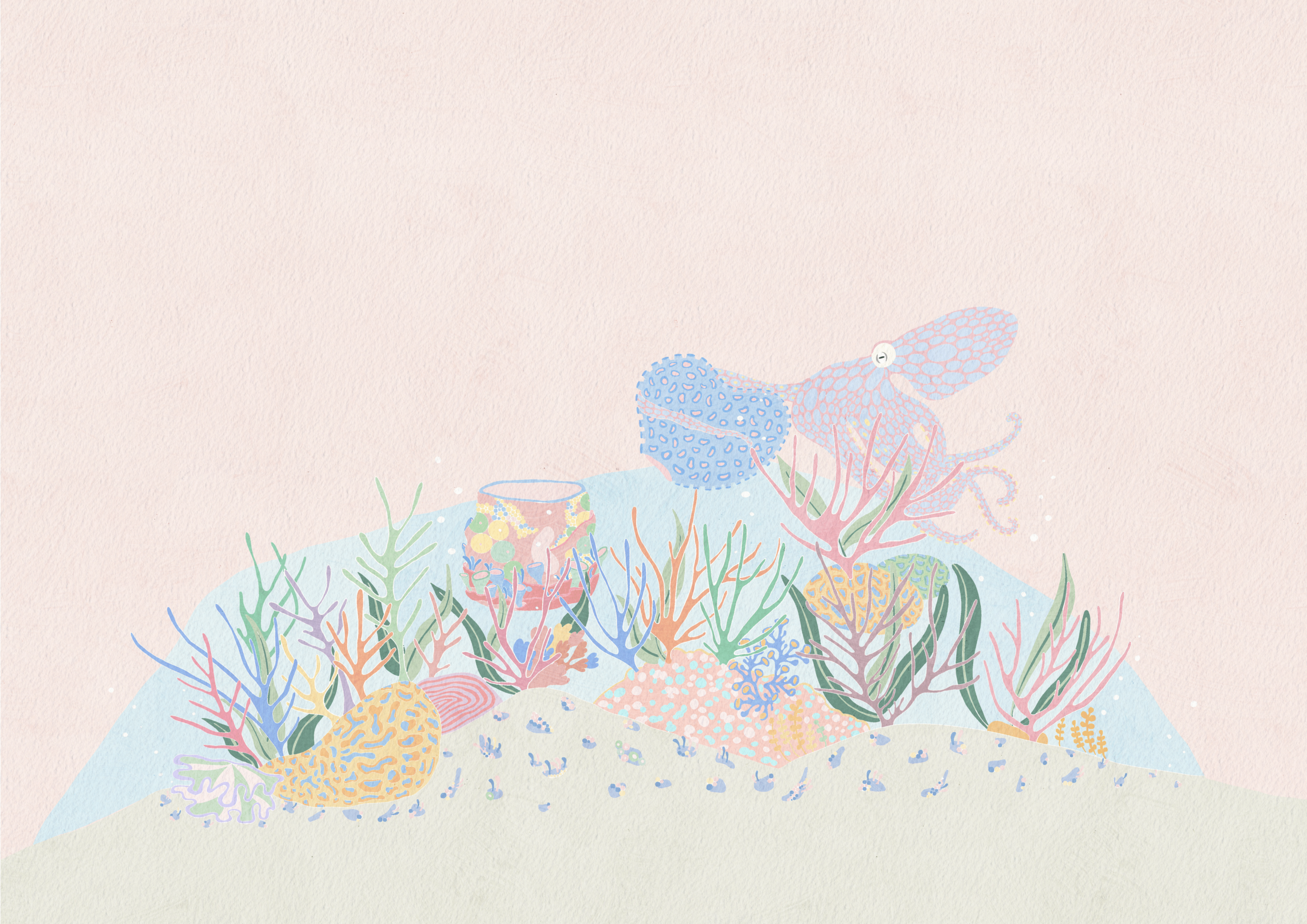
Octavius snatches the felt away and attempts to hide it in his den, built by using the broken fragments of Phyllos and scallop shells from scallops that he has recently eaten.
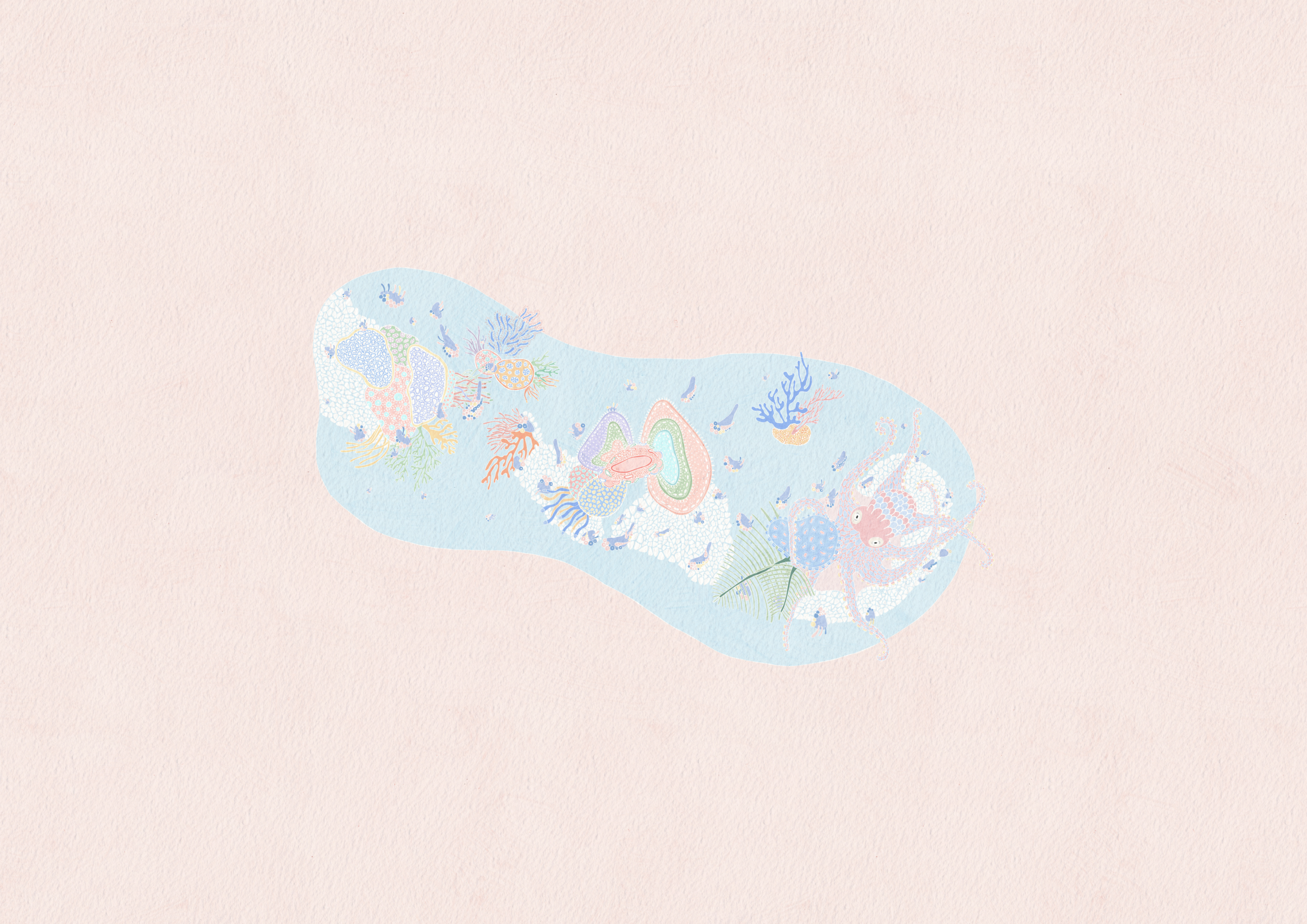
A few weeks later, the site has started to grow. The attractive colours of Phyllos have attracted the attention of more octopuses, who have adopted the site as their home. Colourful coral has also begun to emerge, enhancing the colours of the site further.
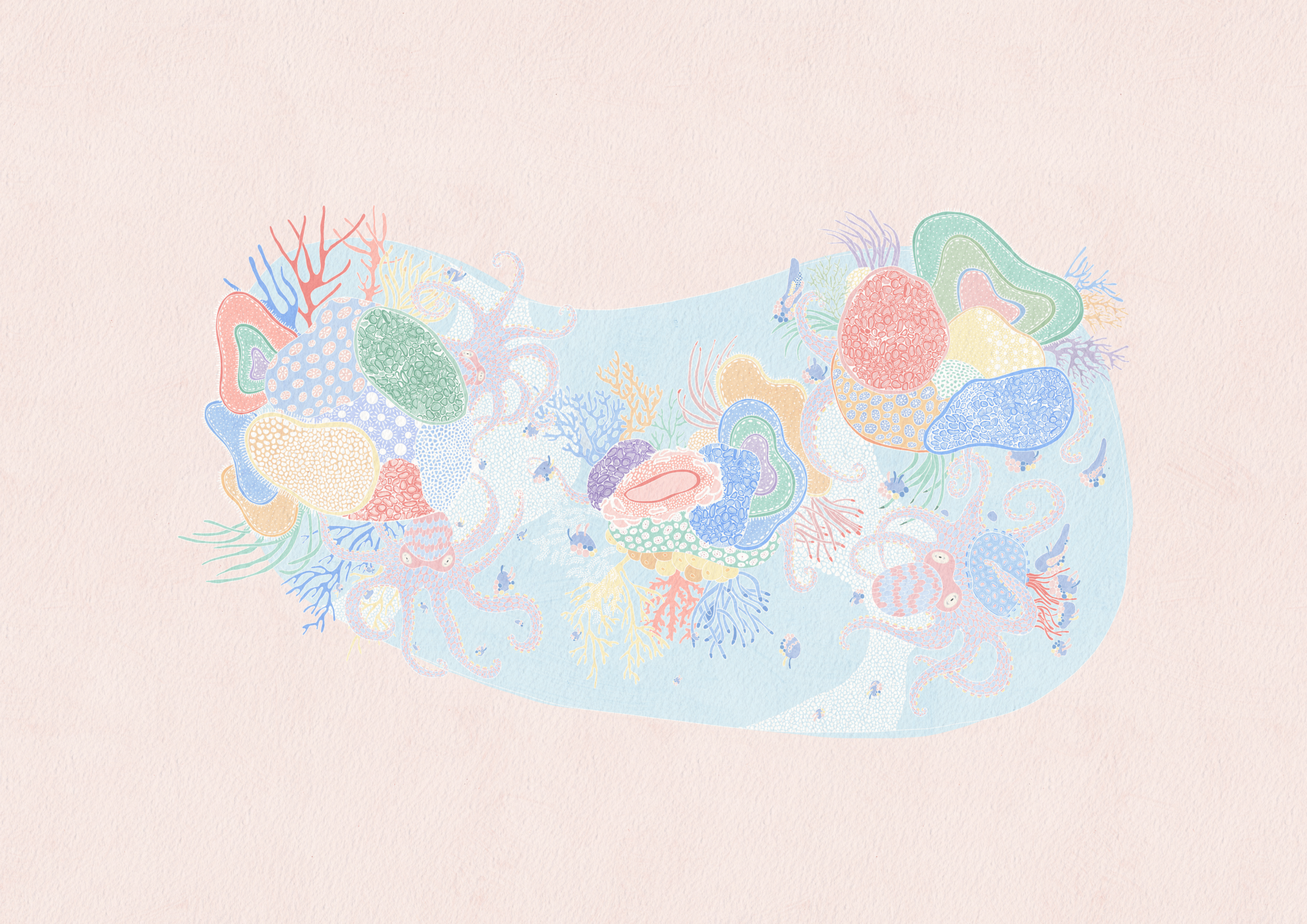
6 months later, the site has grown larger still! Phyllos has almost become completely covered in moss and creatures from far and wide have arrived, hearing news of the wonderful new site.
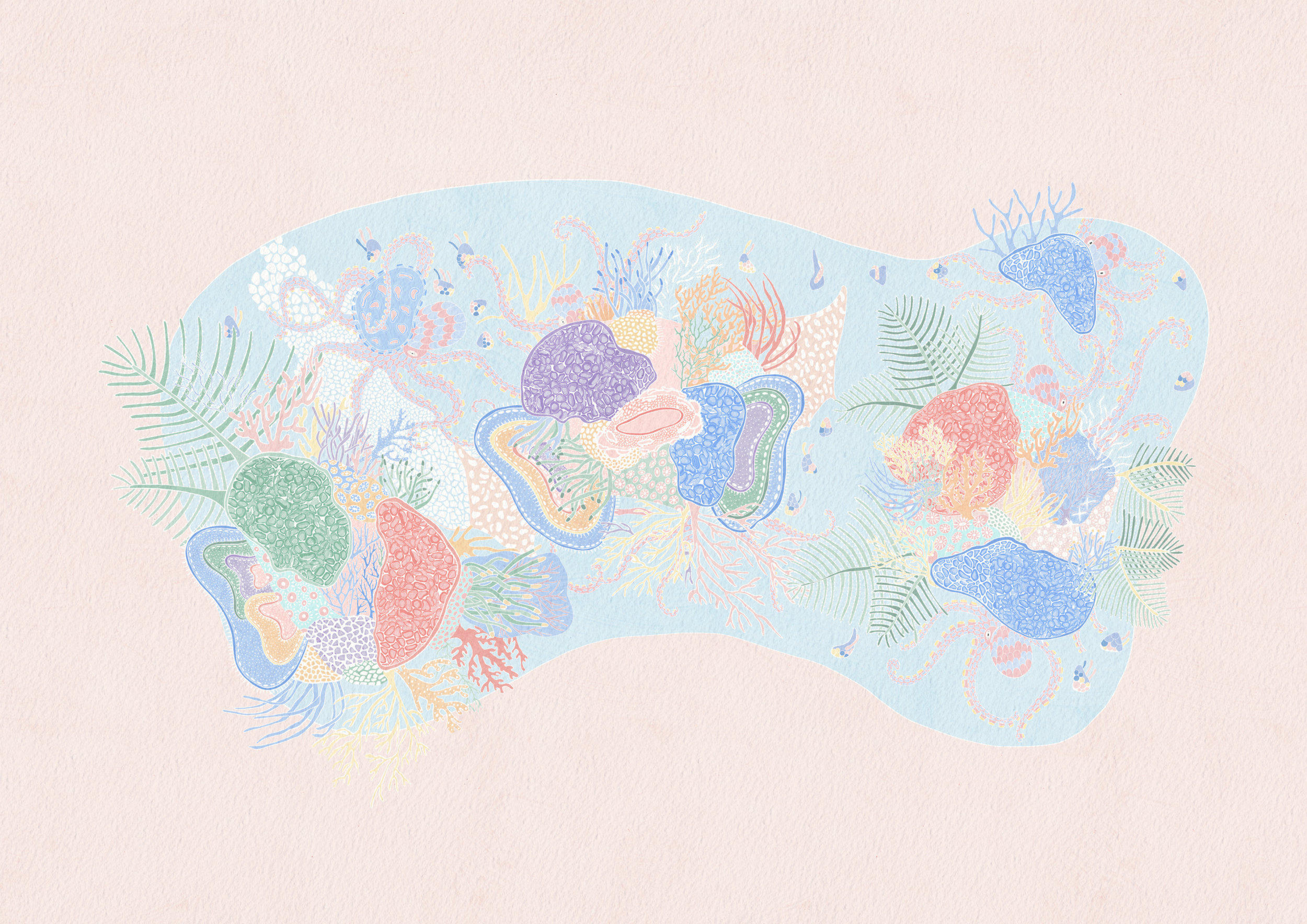
1 year later, Phyllos is barely visible at all. The site has almost engulfed it with its rapid growth. Coral, stingray and octopuses have settled and inhabited the space. Octavius is getting old and close to death, who will take over as the prime landlord once he moves on?


